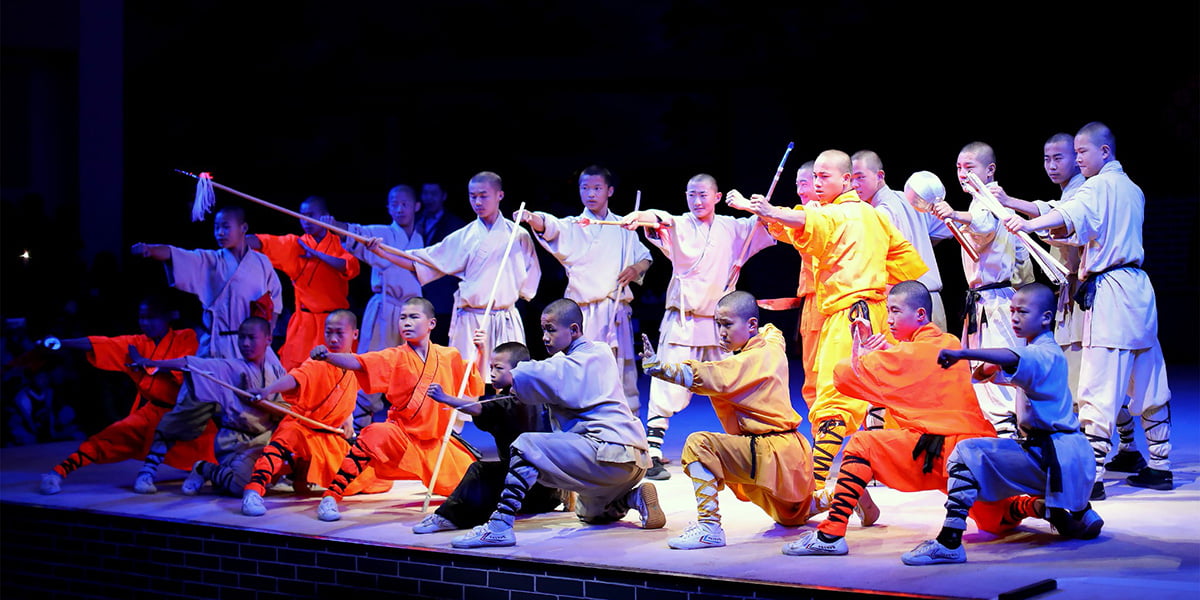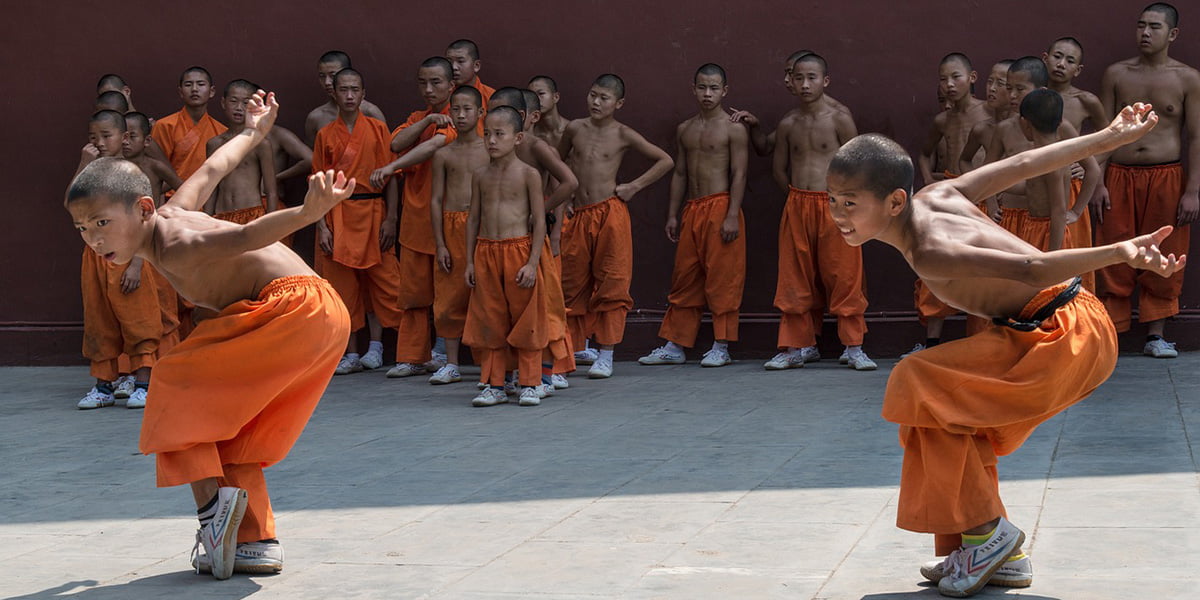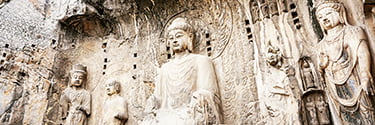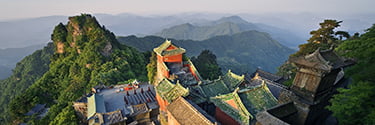The Ancient Silk Road: A Timeless Journey Through China’s Cultural Tapestry
There’s an old Chinese saying, “Read thousands of books and travel thousands of miles.” In the vast expanses of China, with its millennia-old history and deeply-rooted traditions, nothing exemplifies this saying better than the Ancient Silk Road. A pathway to the soul of Chinese civilization, the Silk Road is an emblem of China’s role in global commerce and cultural exchange. Let’s embark on a journey tracing the ancient routes, diving into its historical importance, and exploring its modern revival through the Belt and Road Initiative.
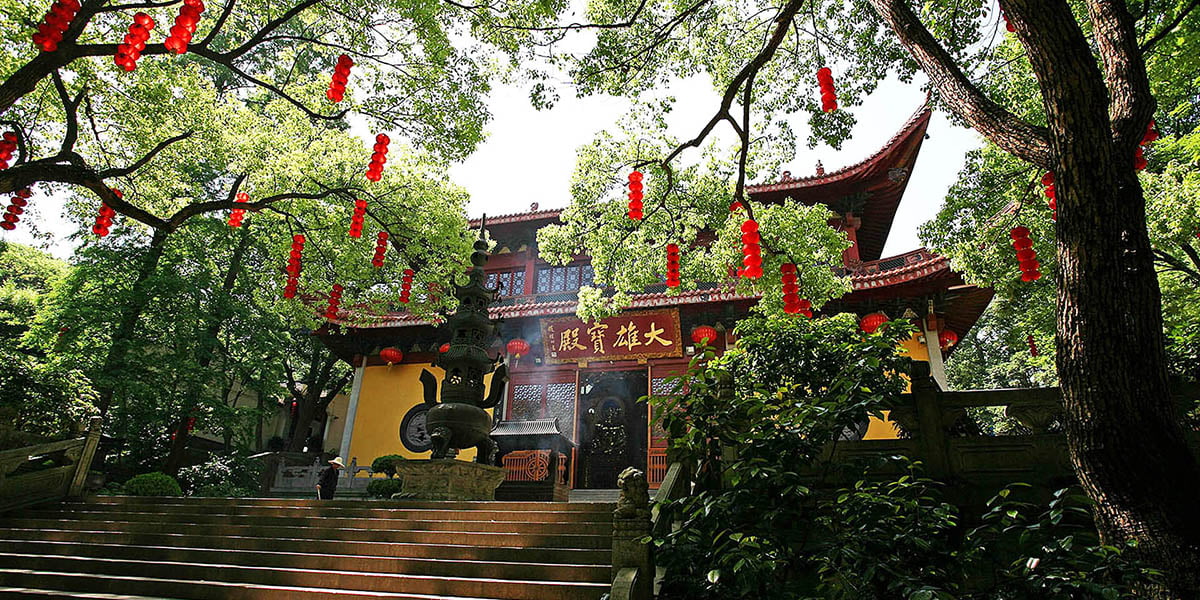
The Historical Importance of the Silk Road
The Ancient Silk Road wasn’t just a single road, but a network of interconnected trade routes that linked the East to the West. Established during the Han Dynasty around the 2nd century BCE, this 4,000-mile route played a crucial role in economic, political, and cultural interactions for centuries.
Merchants, scholars, and explorers braved challenging terrains, crossing deserts and mountain ranges, bringing with them not only goods like silk, spices, and precious stones but also ideas, religions, and technologies. Buddhism, for instance, found its way from India to China via these routes. The impact of this trade and cultural exchange shaped civilizations, establishing the foundation for global interconnectivity long before globalization became a buzzword.

The Enigmatic Cities of the Silk Road
At the heart of the Silk Road’s tale are the enigmatic cities that blossomed from trade and became centers of culture and learning.
Xi’an – Often referred to as the starting point of the Silk Road, this ancient city was the capital of the Tang Dynasty. Xi’an (then Chang’an) was not just a hub of commerce but also a melting pot of cultures. The Terracotta Army and the ancient city walls stand as testaments to its historical grandeur.
Dunhuang – As the crossroads of various cultures, Dunhuang boasts the Mogao Caves, adorned with intricate Buddhist art, showcasing the spiritual and artistic exchange that the Silk Road facilitated.
Turpan – Known for its ancient Karez irrigation system and the Bezeklik Thousand Buddha Caves, Turpan was an oasis in the otherwise arid and inhospitable Taklamakan Desert.
Kashgar – A strategic junction between China and the West, Kashgar was a hotspot for traders. The city’s Old Town, with its bustling markets and architectural wonders, provides a glimpse into its storied past.
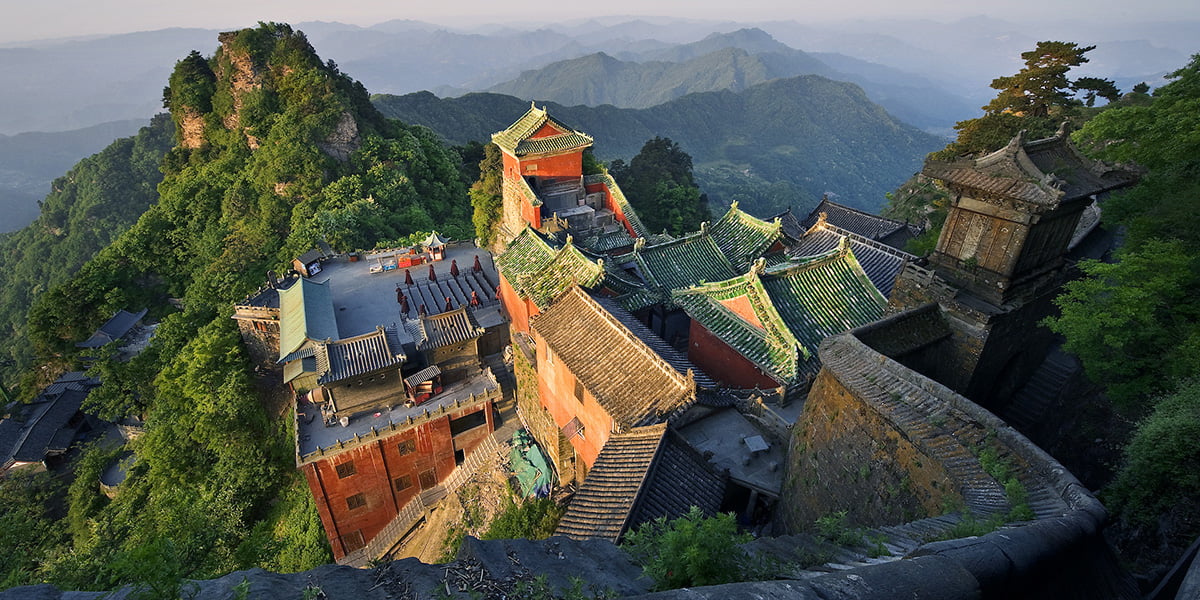
The Belt and Road Initiative: Reviving the Spirit of the Silk Road
In today’s era of rapid globalization and digital connectivity, China aims to rejuvenate the spirit of the Silk Road with its ambitious Belt and Road Initiative (BRI). Envisioned as a vast network of railways, highways, and sea routes, the BRI seeks to connect over 60 countries across Asia, Europe, and Africa, facilitating trade and mutual development.
Just as the Ancient Silk Road was about more than just trade, the BRI is more than just infrastructure. It’s a vision for cultural exchange, cooperation, and shared growth. The initiative underscores the importance of connectivity and collaboration in the 21st century, highlighting China’s commitment to fostering global ties.
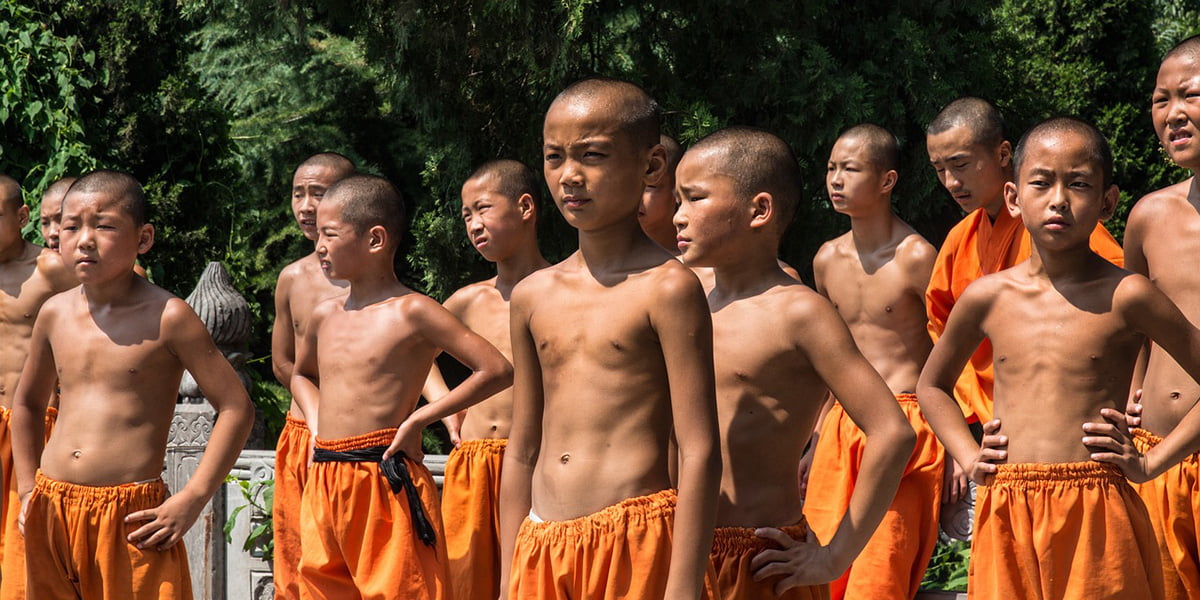
Travel and the Ancient Silk Road
Travel is not just about visiting places; it’s about experiencing the stories, the history, and the culture that shape them. The Silk Road, with its tales of adventure, commerce, and cultural exchange, offers a unique travel experience.
Modern-day travel along the Silk Road routes takes you through a blend of the ancient and the contemporary. From the bustling streets of Xi’an, filled with the aromas of local cuisines and the sounds of traditional music, to the tranquil landscapes of Dunhuang with its echoes of Buddhist chants, every step is a journey through time.
With the Belt and Road Initiative, travel across China and its connected countries will witness a transformation. Enhanced infrastructure, faster connectivity, and a focus on cultural tourism mean that the stories of the Silk Road will find their way to a broader audience.
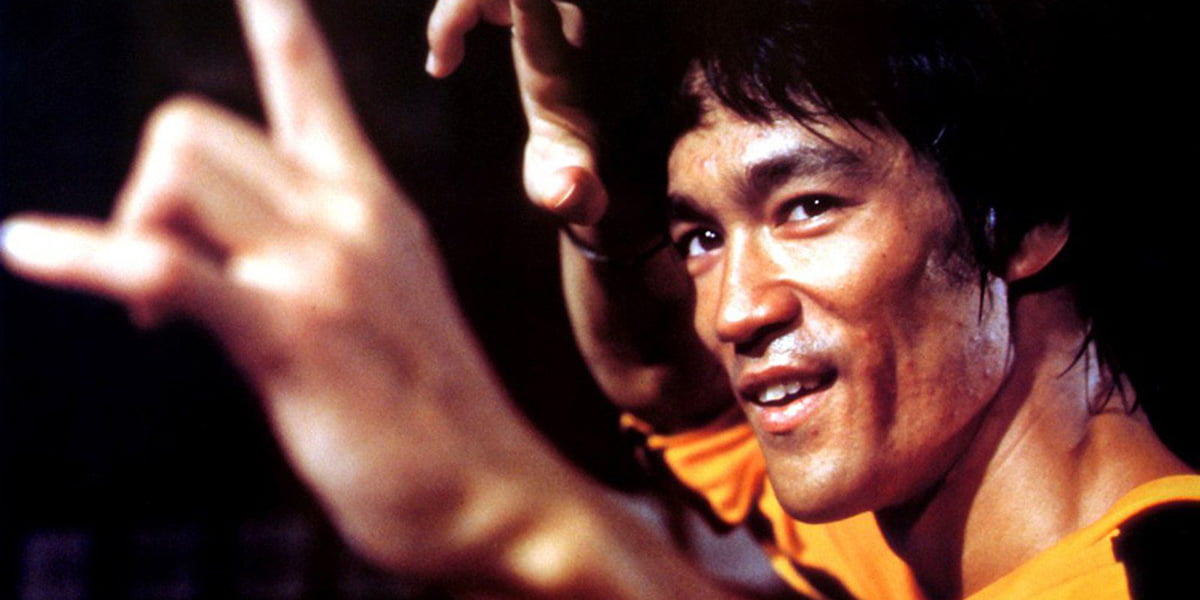
Conclusion: Embracing the Legacy of the Silk Road in Modern Travel
The Ancient Silk Road is more than just a historical route; it’s a testament to human endeavor, the spirit of exploration, and the desire to connect. Today, as we stand on the cusp of a new era of global connectivity, the Silk Road’s legacy serves as a reminder of the bridges we can build through mutual respect, understanding, and collaboration.
For those with an insatiable curiosity about Chinese culture and its global impact, traveling the routes of the Silk Road offers an unparalleled opportunity. It’s a journey that promises not just scenic beauty but also a deep dive into the tapestry of history, culture, and human connections.
So, the next time you think of travel, let the tales of the Ancient Silk Road guide your way. Explore China’s rich cultural heritage, from the bustling markets of Kashgar to the serene landscapes of Turpan. Experience the blend of the ancient and the modern, as the age-old stories of the Silk Road come alive in today’s travel adventures. Your Chinese odyssey awaits!
